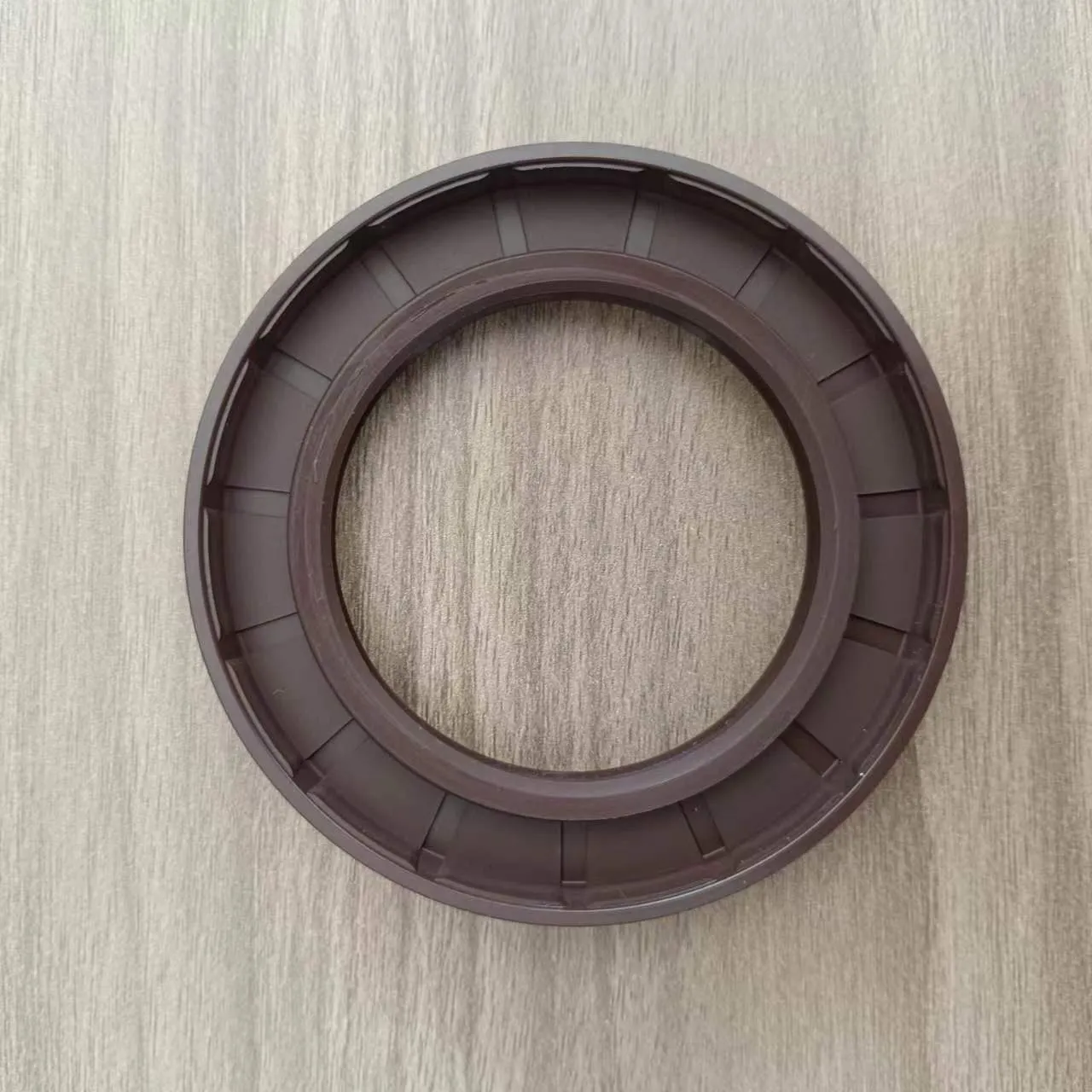Nov . 06, 2024 13:52 Back to list
Understanding Hydraulic Cylinder Seals and Wipers for Optimal Performance and Durability
Understanding Hydraulic Cylinder Seals and Wipers
Hydraulic systems play a pivotal role in a wide array of industrial applications, from manufacturing to automotive to aerospace. At the heart of these systems are hydraulic cylinders, which convert fluid power into mechanical force. An essential component of hydraulic cylinders is the seals and wipers, which ensure efficient operation, longevity, and reliability. This article delves into the importance of hydraulic cylinder seals and wipers, their types, and best practices for maintenance.
The Role of Seals in Hydraulic Cylinders
Seals are critical in maintaining the efficiency and functionality of hydraulic cylinders. They serve multiple purposes
1. Preventing Leakage The primary function of seals is to contain hydraulic fluid within the cylinder. Any leakage can lead to performance loss, decreased efficiency, and environmental hazards. Seals thus minimize the risk of fluid escaping from the high-pressure area.
2. Maintaining Pressure Hydraulic systems operate under high pressure, and seals are essential for maintaining the necessary pressure levels within the system. Proper sealing ensures that hydraulic force is effectively transferred to perform work.
3. Protecting Against Contaminants Seals also act as barriers against dirt, dust, and other contaminants that can enter the hydraulic system. Contamination can lead to wear and tear of internal components, making it essential to use high-quality seals that can withstand adverse conditions.
Types of Hydraulic Cylinder Seals
There are several types of seals used in hydraulic cylinders, each designed for specific applications and conditions
1. Dynamic Seals These seals are used in moving parts of the hydraulic cylinder. They are designed to withstand constant motion and pressure fluctuations. Common examples include O-rings and rod seals.
2. Static Seals Static seals are used in stationary parts and are designed to provide a tight seal where no movement occurs. Gaskets and flat seals are typical static seal examples.
3. Guides While not seals in the traditional sense, guides are integral to maintaining the alignment of moving parts within hydraulic cylinders. They help prevent excessive wear and tear on seals.
hydraulic cylinder seals and wipers

Understanding Wipers in Hydraulic Systems
Wipers are another essential component found in hydraulic cylinders. They serve to clean and protect seals from dirt and debris that can cause damage. Their function can be summarized as follows
1. Debris Removal Wipers prevent contaminants from entering the cylinder by scraping off dirt and other particles from the rod as it retracts. This step is crucial in prolonging the life of both the seals and the hydraulic fluid.
2. Fluid Retention In addition to their cleaning role, wipers can help retain a small amount of hydraulic fluid on the rod surface, which lubricates the seals and aids in the initial seal upon extension.
Best Practices for Maintenance
To ensure the longevity and performance of hydraulic cylinder seals and wipers, regular maintenance is paramount. Here are some best practices
1. Inspect Regularly Regular inspections of seals and wipers help identify wear and potential failures. Look for signs of leakage, wear patterns, or contamination.
2. Use Quality Components Investing in high-quality seals and wipers made from appropriate materials can significantly reduce failures and extend the life of hydraulic components.
3. Maintain Cleanliness Keeping the hydraulic system clean is essential. Ensure that environment and conditions where the hydraulic systems operate are kept free of dust and contaminants.
4. Follow Manufacturer Guidelines Adhering to manufacturer specifications for installation and replacement schedules will aid in optimal performance.
5. Monitor Fluid Quality The hydraulic fluid's quality directly impacts the seals' performance. Regularly test for contamination, viscosity, and proper fluid levels.
Conclusion
In summary, hydraulic cylinder seals and wipers are crucial for the efficient operation of hydraulic systems. Understanding their functions, types, and maintenance practices can significantly enhance the reliability and longevity of hydraulic machinery. By prioritizing the integrity of these components, industries can ensure smooth operations and avoid costly repairs and downtime. Implementing the best practices outlined can lead to better performance and operational excellence in hydraulic systems.
-
Wiper Oil Seal: Our Commitment to Clean Hydraulics
NewsAug.13,2025
-
Hydraulic Oil Seal for Self Discharging Cars
NewsAug.13,2025
-
Hub Oil Seal for Agricultural Tractor Hubs
NewsAug.13,2025
-
Skeleton Oil Seal with NBR Material
NewsAug.13,2025
-
Rotary Lip Seal for High Pressure Applications
NewsAug.13,2025
-
Cylinder Seal Kits Our Legacy of Hydraulic Trust
NewsAug.13,2025
-
Unlocking the Potential of Hydraulic Systems with Essential Sealing Solutions
NewsAug.06,2025
Products categories
















